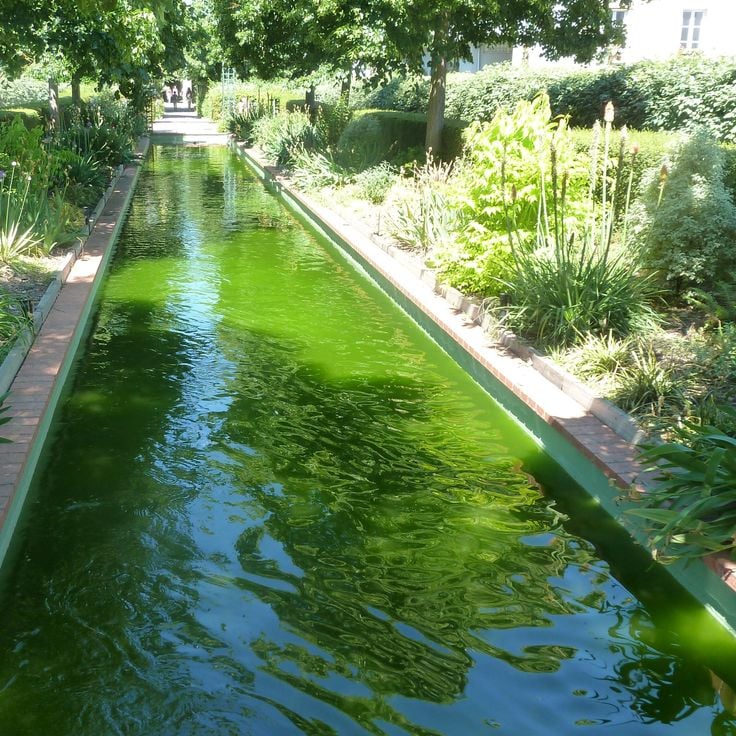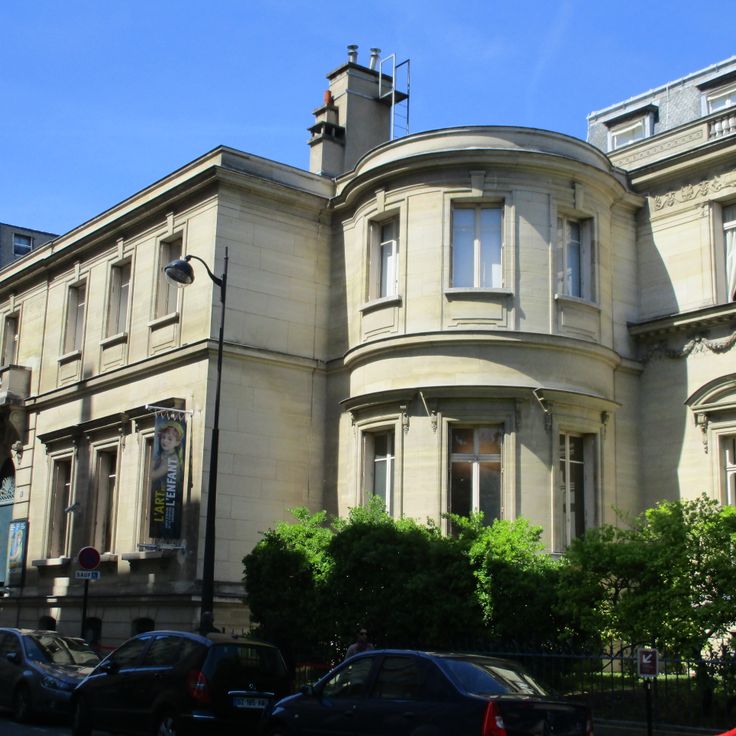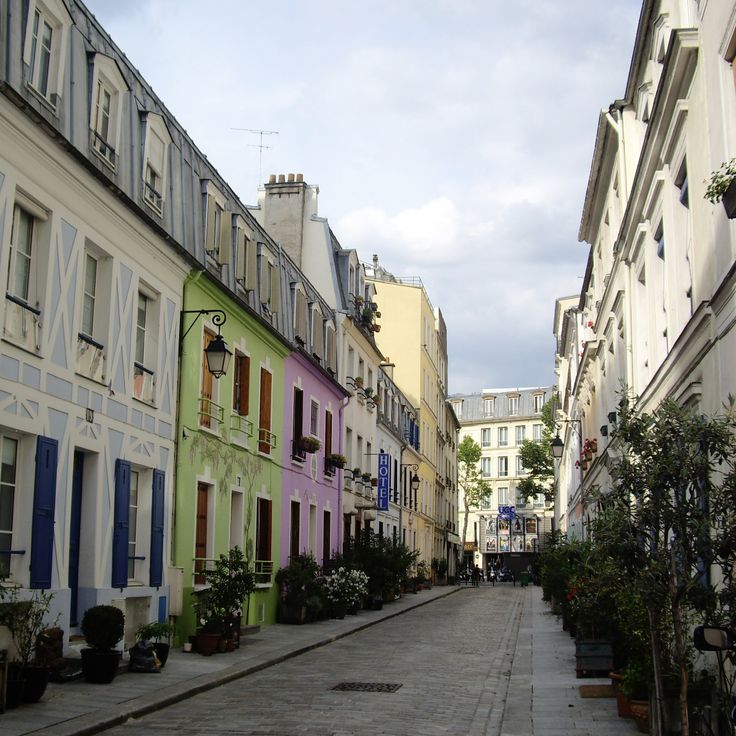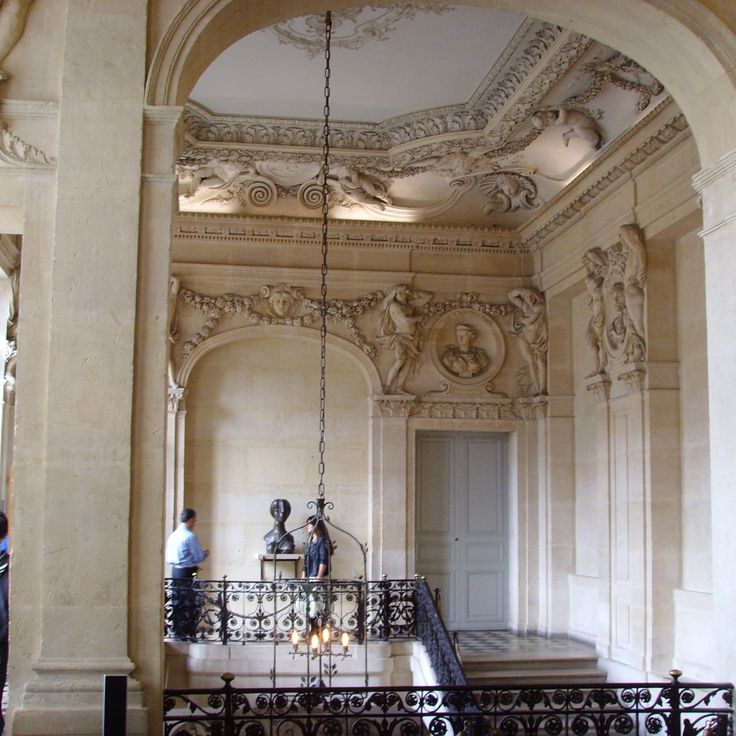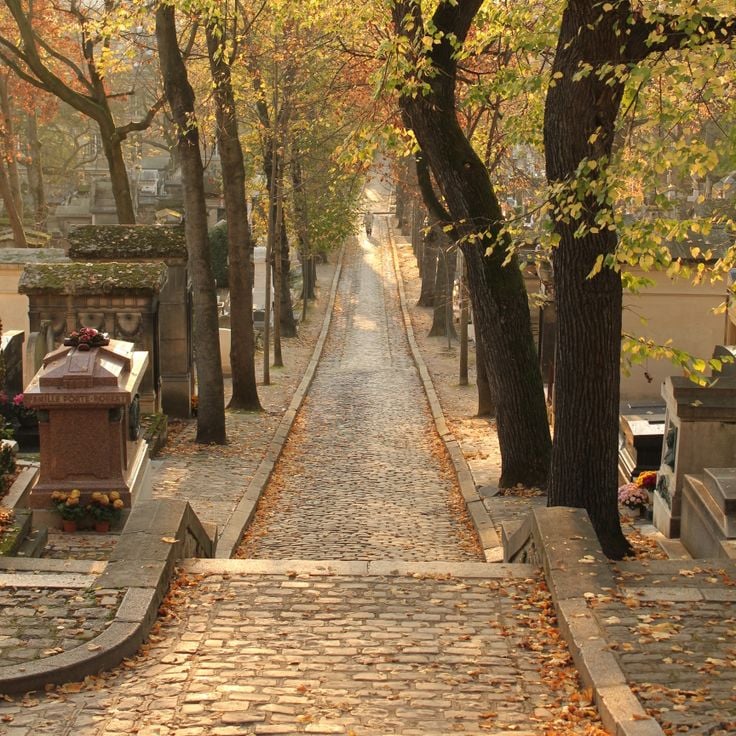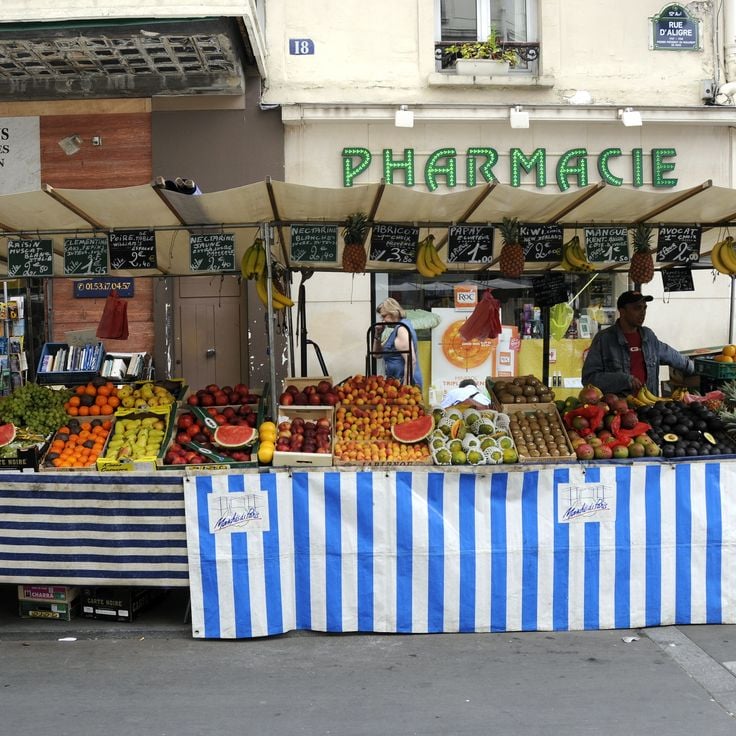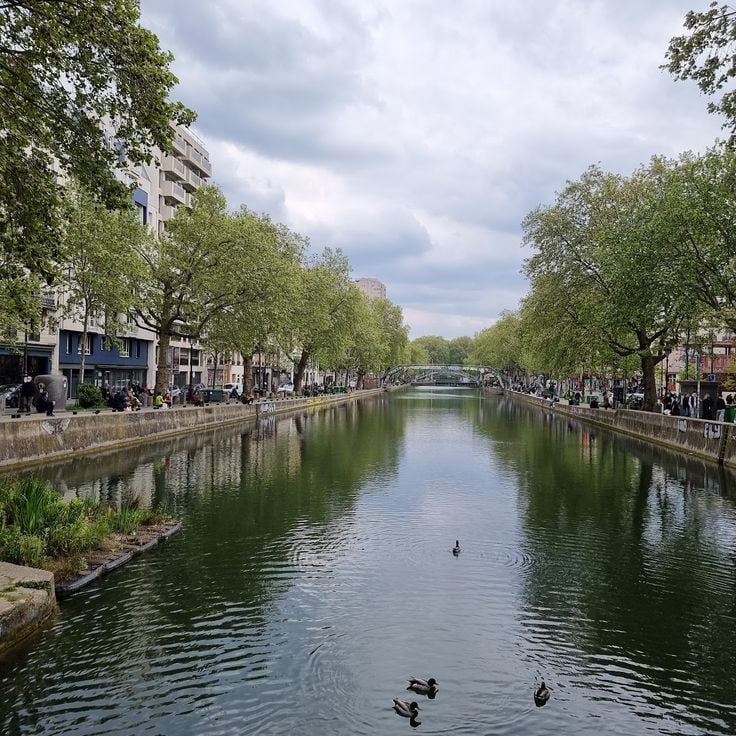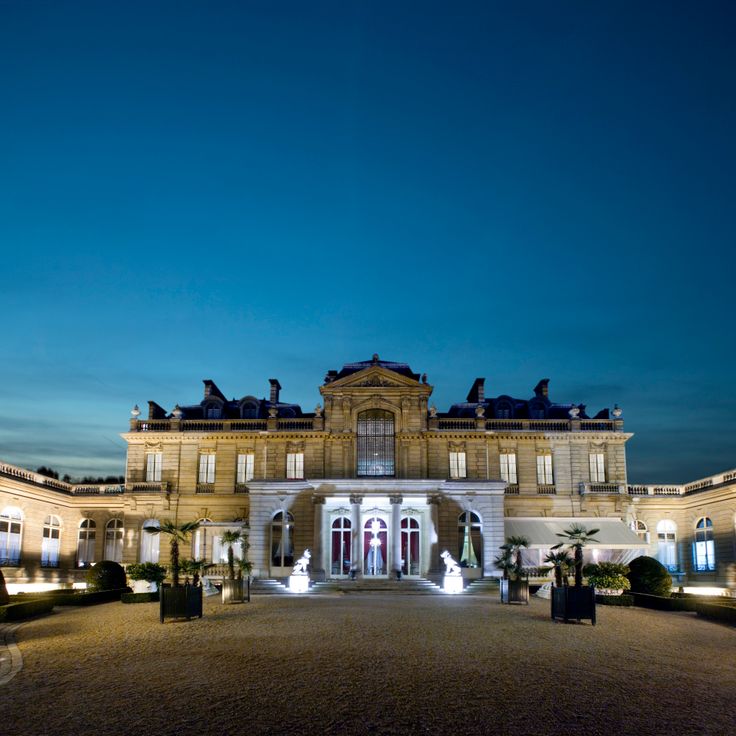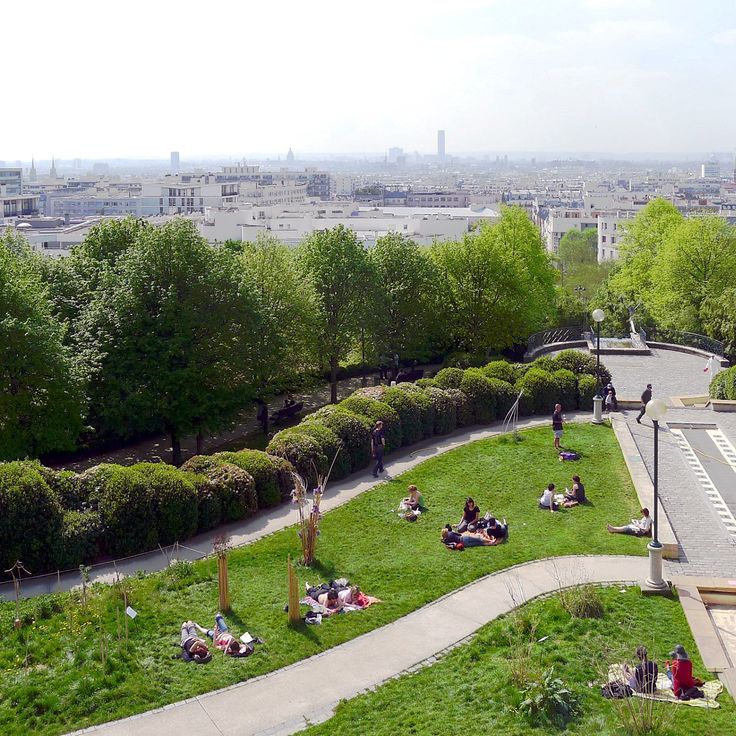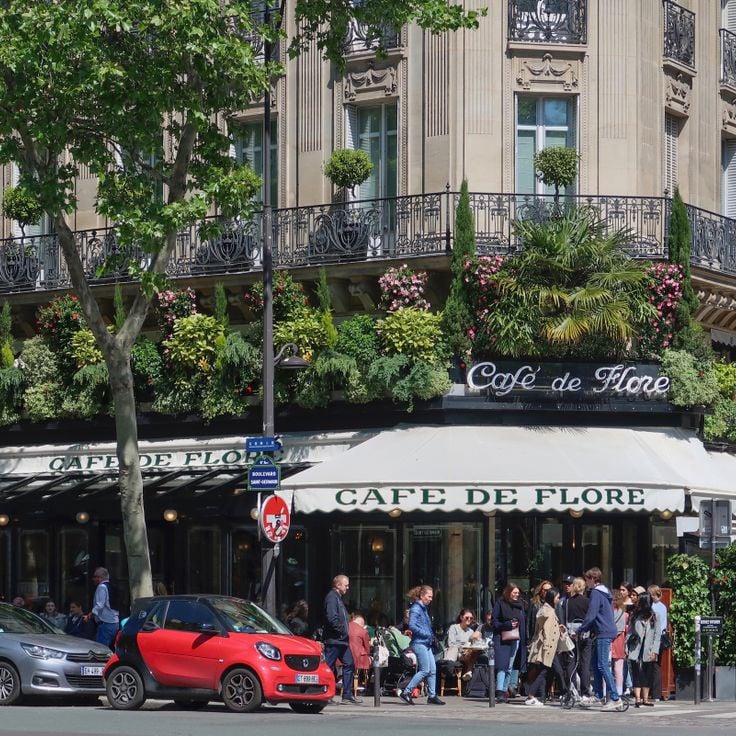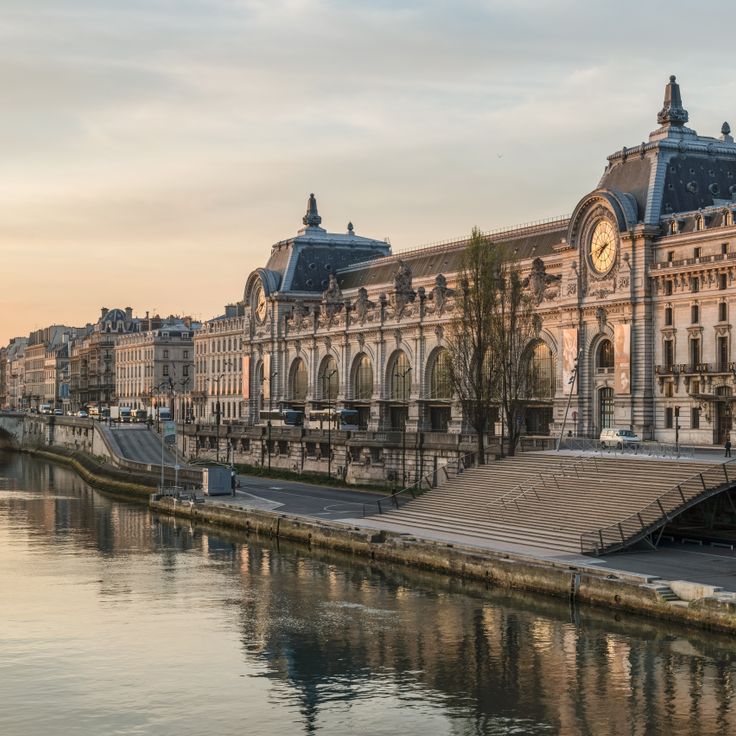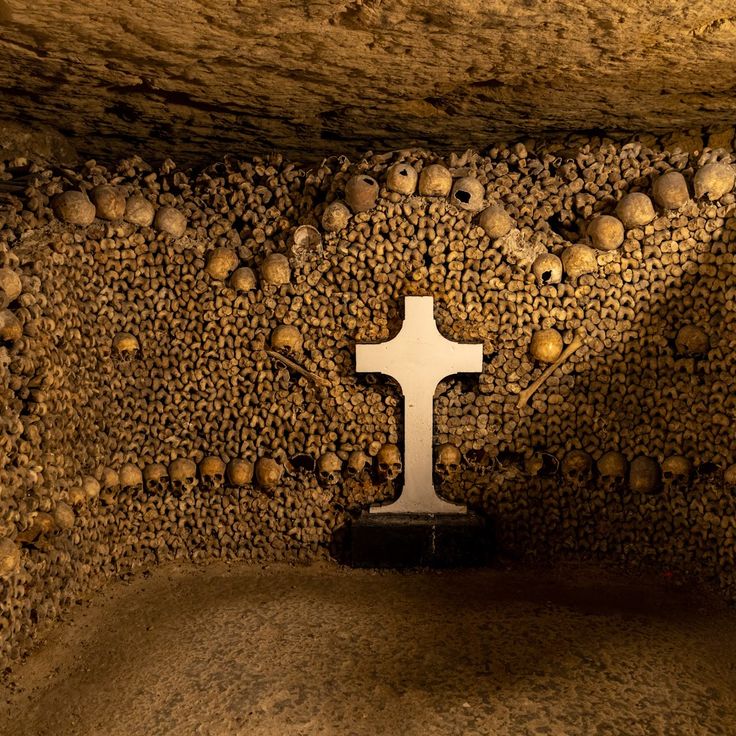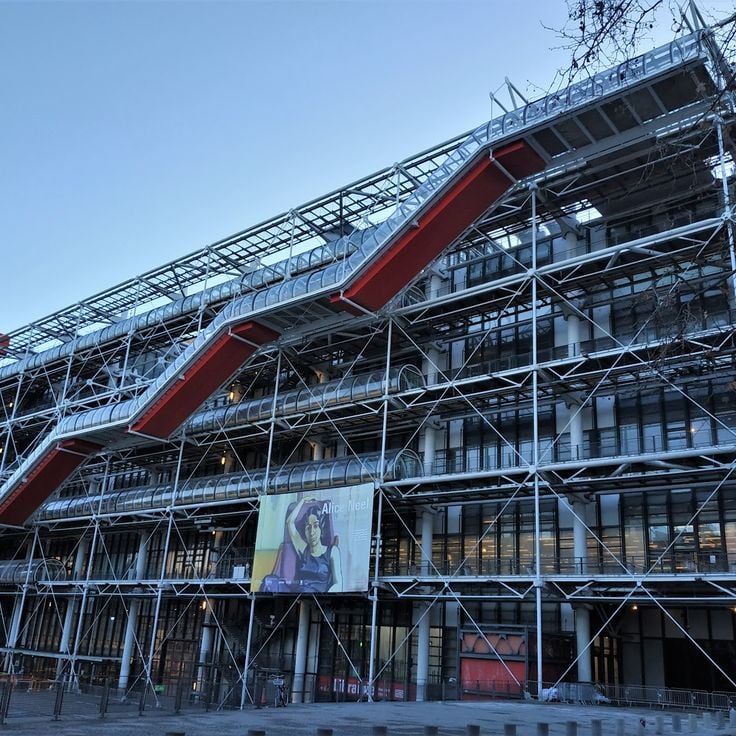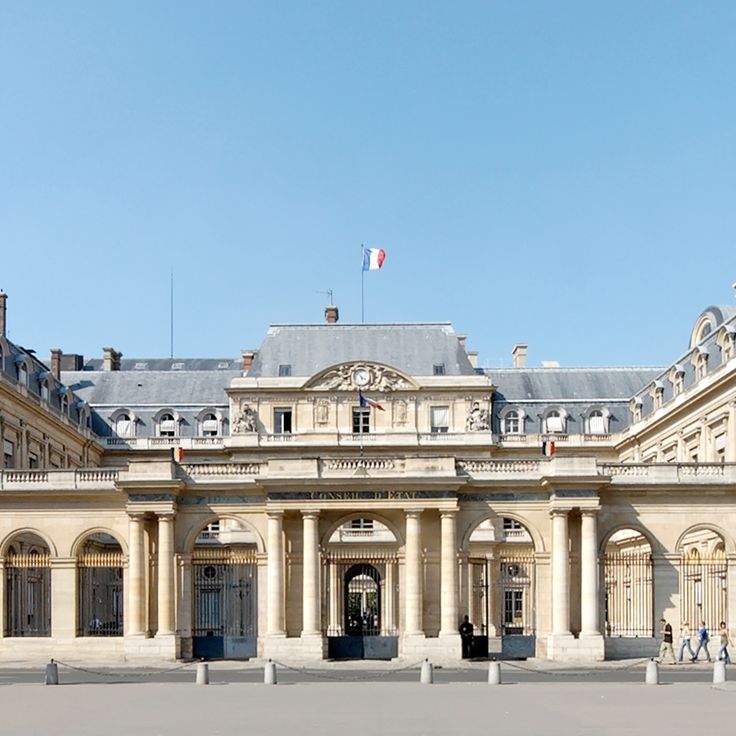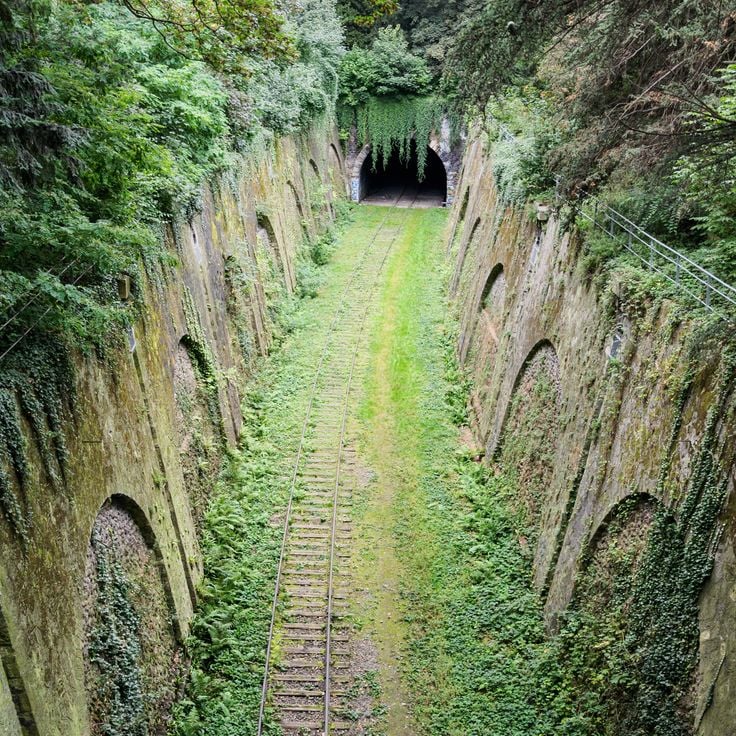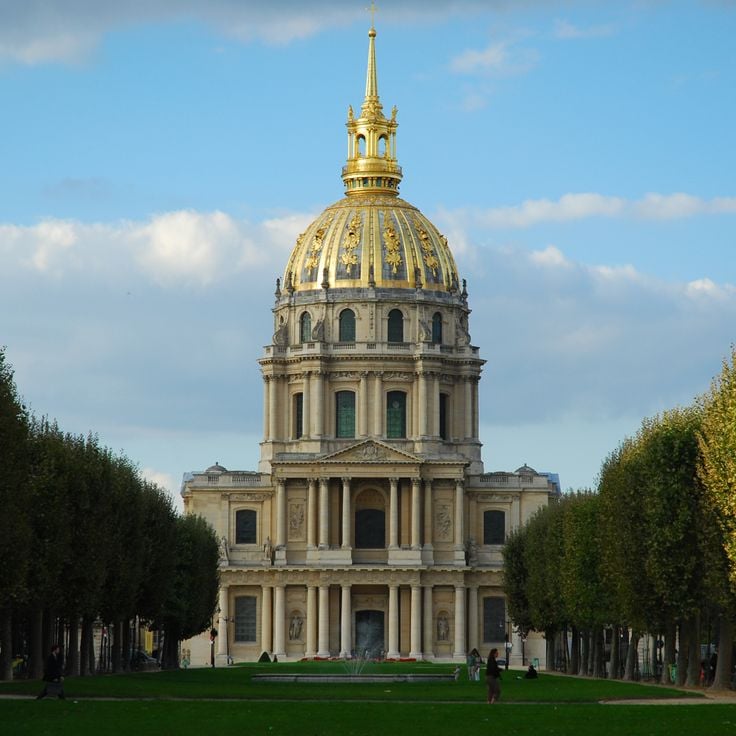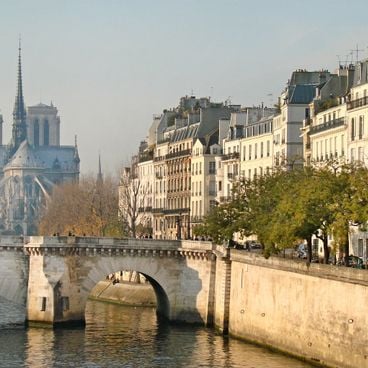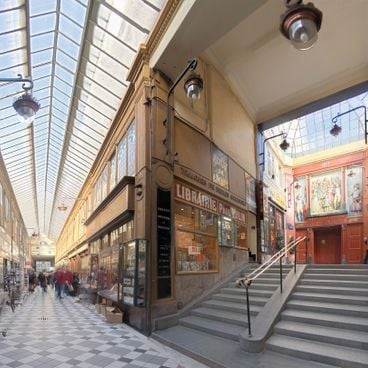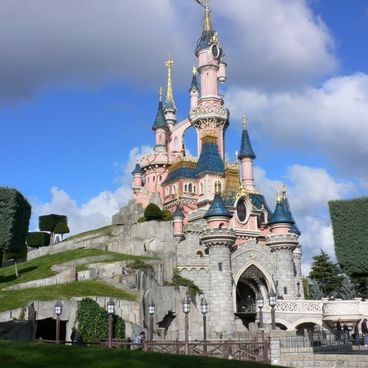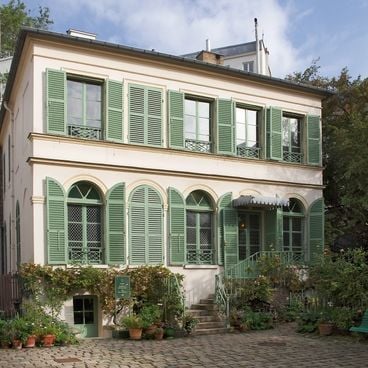Paris rewards visitors who venture beyond the Eiffel Tower and Notre-Dame. The Musée d'Orsay houses one of the world's finest Impressionist collections, while the Centre Pompidou showcases contemporary art in its distinctive inside-out building. Below ground, the Catacombs wind through tunnels lined with the remains of six million Parisians. Sainte-Chapelle preserves 15 towering windows of 13th-century stained glass that fill the Gothic chapel with colored light. Markets like Marché d'Aligre bring together fresh produce, vintage furniture, and antiques under one roof. The city's neighborhoods and waterways offer equally rewarding discoveries. Le Marais combines medieval architecture with boutiques, galleries, and restaurants in its narrow streets. The Coulée Verte René-Dumont transforms an abandoned railway viaduct into an elevated garden path. Along the Canal Saint-Martin, tree-lined banks invite afternoon walks and waterside gatherings. Père Lachaise Cemetery serves as both a park and the burial ground for writers, artists, and musicians. The Musée Rodin displays sculptures in an 18th-century mansion surrounded by gardens, while the Musée Jacquemart-André presents European masterworks in an elegant private residence. Rue Crémieux's pastel-painted facades create one of the city's most photographed corners.
This elevated park extends for nearly three miles (4.7 km) along a former railway line and opened in 1993, two decades before New York's High Line. The Coulée Verte René-Dumont begins at Place de la Bastille and runs through the 12th arrondissement to the Boulevard Périphérique. The park features walking paths through bamboo gardens, rose plantings, and climbing vines, with views of residential buildings and artist workshops. Below the elevated section, the Viaduc des Arts contains artisan studios and galleries. This green corridor combines urban garden design with the industrial history of the 1859 railway line.
The Musée Marmottan Monet holds the world's largest collection of works by Claude Monet, including his famous painting "Impression, Sunrise," which gave the Impressionist movement its name. This museum in the 16th arrondissement also displays works by other Impressionists such as Renoir, Degas, and Sisley. The collection includes over 300 of Monet's paintings from various periods of his career, including numerous studies of his water lilies from Giverny. The former hunting lodge also houses a significant collection of medieval illuminated manuscripts and works by Monet's contemporaries.
Sainte-Chapelle is a 13th century Gothic chapel built by King Louis IX between 1242 and 1248 to serve as the royal palace chapel. The two-story structure houses 15 monumental stained glass windows covering approximately 6,500 square feet (600 square meters), depicting biblical scenes from the Book of Genesis to the Passion of Christ. The upper chapel, reserved for the king and his family, is illuminated by 50 foot (15 meter) tall windows that represent some of the largest surviving examples of 13th century French stained glass. The chapel was originally constructed to house the Crown of Thorns and other Passion relics. Located on the Île de la Cité in central Paris, this chapel represents one of the alternative tourist sites in the city, complementing the museums and urban spaces that offer visitors a different perspective on the French capital.
Rue Crémieux is a quiet pedestrian street in the 12th arrondissement east of Gare de Lyon. This street features two-story residential houses built in the 1850s and painted in various pastel colors including pink, yellow, blue, and green. The cobblestone street extends for approximately 470 feet (144 meters) and maintains a village-like character within the urban setting of Paris. Rue Crémieux provides an alternative to the more visited Parisian sites and attracts visitors seeking a quieter city experience.
Le Marais is a historic district in Paris featuring narrow cobblestone streets, buildings from the 16th and 17th centuries, and an active Jewish community. This neighborhood contains numerous boutiques, galleries, and restaurants alongside several museums including Musée Picasso and Musée Carnavalet. Architectural landmarks include Place des Vosges, Parisian townhouses, and historic synagogues. Le Marais maintains a pronounced nightlife and significant LGBTQ presence, particularly along Rue Sainte-Croix de la Bretonnerie.
Père Lachaise Cemetery is the largest cemetery in Paris and serves as the final resting place for many famous figures from the arts, literature, and history. Covering 109 acres (44 hectares), this cemetery opened in 1804 and was named after Father François de La Chaise, the confessor to King Louis XIV. Among those buried here are Oscar Wilde, Édith Piaf, Jim Morrison, Frédéric Chopin, and Molière. The terraced grounds feature winding paths, elaborate tombs, and sculptures that provide a quiet retreat away from the center of Paris. As part of the alternative Paris tourist sites, this cemetery allows visitors to explore the artistic and architectural variety of funerary monuments while walking through tree lined avenues and historic memorials.
The Musée Rodin displays an extensive collection of works by French sculptor Auguste Rodin, providing an alternative to typical Parisian sites. This museum houses famous sculptures including The Thinker and The Gates of Hell within an 18th century mansion and sculpture garden. The collection also includes plaster models, drawings, and archival materials that document Rodin's artistic process.
The Marché d'Aligre ranks among the oldest markets in the French capital and provides an alternative to conventional Paris tourist sites. This market combines fresh food, including produce, cheese, and meats, with a flea market section selling furniture, clothing, and antiques. The covered market hall dates from the 19th century and forms the center of activity, while the open-air market extends through surrounding streets. Weekends see particularly heavy traffic as locals and visitors browse the stalls.
The Canal Saint-Martin is a waterway in the 10th and 11th arrondissements of Paris that serves as an alternative tourist site to the city's major attractions. This canal, which connects the Seine River to the Canal de l'Ourcq, extends for 2.8 miles (4.5 kilometers) and features nine locks and two swing bridges. The banks are lined with plane trees, cafés, and small shops. The canal is used by locals and visitors for walking and spending time by the water.
The Musée Jacquemart-André presents a major art collection within a 19th century private mansion. This museum displays paintings by Italian Renaissance masters, Flemish and French art, and decorative objects. The rooms preserve original furnishings and convey the atmosphere of an upper-class Parisian residence. As an alternative to large state museums, the Musée Jacquemart-André offers a more intimate encounter with artworks in a historical setting.
This hillside park in the 20th arrondissement offers views of Paris from its upper pathways and terraces. Parc de Belleville extends across a steep slope with lawns, tree-lined paths, and garden areas. A waterfall runs through the grounds. The park serves as a recreational space for local residents and visitors, providing an alternative to more central Parisian green spaces with less tourist congestion.
Café de Flore is a historic café in Paris that has been part of the city's intellectual life since opening in 1887. After World War II, this café became the preferred meeting place for writers and intellectuals including Jean-Paul Sartre and Simone de Beauvoir. The café preserves its traditional Parisian interior with red leather banquettes, mahogany paneling, and brass lamps. Today, Café de Flore connects its literary history with contemporary life in Saint-Germain-des-Prés, offering visitors insight into the intellectual tradition of Paris.
The Musée d'Orsay displays the world's largest collection of Impressionist and Post-Impressionist paintings in a converted railway station on the Left Bank of the Seine. This museum presents works by Monet, Renoir, Degas, Cézanne, and Van Gogh spanning the period from 1848 to 1914. The collection contains over 3,000 paintings, sculptures, photographs, and decorative arts. The Musée d'Orsay provides an alternative to the Louvre's medieval and Renaissance holdings by focusing on 19th century artistic movements.
The Catacombs of Paris provide an unusual perspective on the city's history. This underground ossuary holds the remains of more than six million people, transferred here from overcrowded Parisian cemeteries during the 18th and 19th centuries. The passages extend for about one mile through former limestone quarries and display bones and skulls arranged in decorative patterns. This site adds an unconventional historical dimension to the above-ground attractions of Paris.
Montparnasse Tower provides a comprehensive view of Paris and its landmarks from its rooftop observation deck on the 56th floor. Standing 689 feet (210 meters) tall, this skyscraper is one of the tallest observation points in the city, allowing visitors to see the Eiffel Tower, Sacré-Cœur, Notre-Dame, and the Seine from an elevated position. The observation deck includes both indoor and outdoor viewing areas. The tower was completed in 1973 and remains the only high-rise building of its kind in central Paris. This site complements the collection of alternative Paris attractions by offering a perspective different from traditional ground-level touring routes.
The Centre Pompidou is a cultural center in Paris that presents an extensive collection of modern and contemporary art from the 20th century to the present day. This institution within the alternative Paris tourist sites houses works by artists such as Picasso, Matisse, Duchamp, and Kandinsky, along with rotating exhibitions, a public library, and performance spaces. The building's external architecture with exposed pipes and escalators makes the structure itself a recognizable landmark of modern design.
The Palais Royal Gardens extend behind the historic palace in the first arrondissement and display formal French garden design with double rows of lime trees, rectangular water basins with fountains, and the 180 black and white stone columns created by Daniel Buren in 1986. These gardens provide an alternative to the heavily visited parks of Paris and combine traditional French landscaping with contemporary installation art. The colonnades surround three sides of the garden, while the geometrically arranged columns of varying heights occupy the Cour d'Honneur courtyard.
The Petite Ceinture is a former railway line built in 1852 that circles Paris for 20 miles (32 kilometers), now converted into public gardens with local vegetation and pedestrian paths. This railway once served freight and passenger transport between Parisian train stations. Following its closure, it has been gradually transformed into a green corridor with planted sections, trees, and wild flora. Different neighborhoods have opened portions of the line for public access, with some areas serving as walking paths and others developed into park spaces. The preserved bridges, tunnels, and platforms provide insights into 19th century industrial architecture.
Les Invalides is a major museum complex dedicated to French military history and forms part of this collection of alternative Paris sites. The complex houses Napoleon Bonaparte's tomb beneath the golden dome, along with extensive weapons collections and documentation of French military operations from medieval times through World War II. The expansive buildings and courtyards were originally constructed in the 17th century as a hospital and retirement home for war veterans and now serve as museums displaying military uniforms, armor, artillery, and historical records from different periods of French history.
